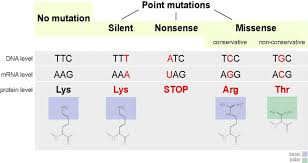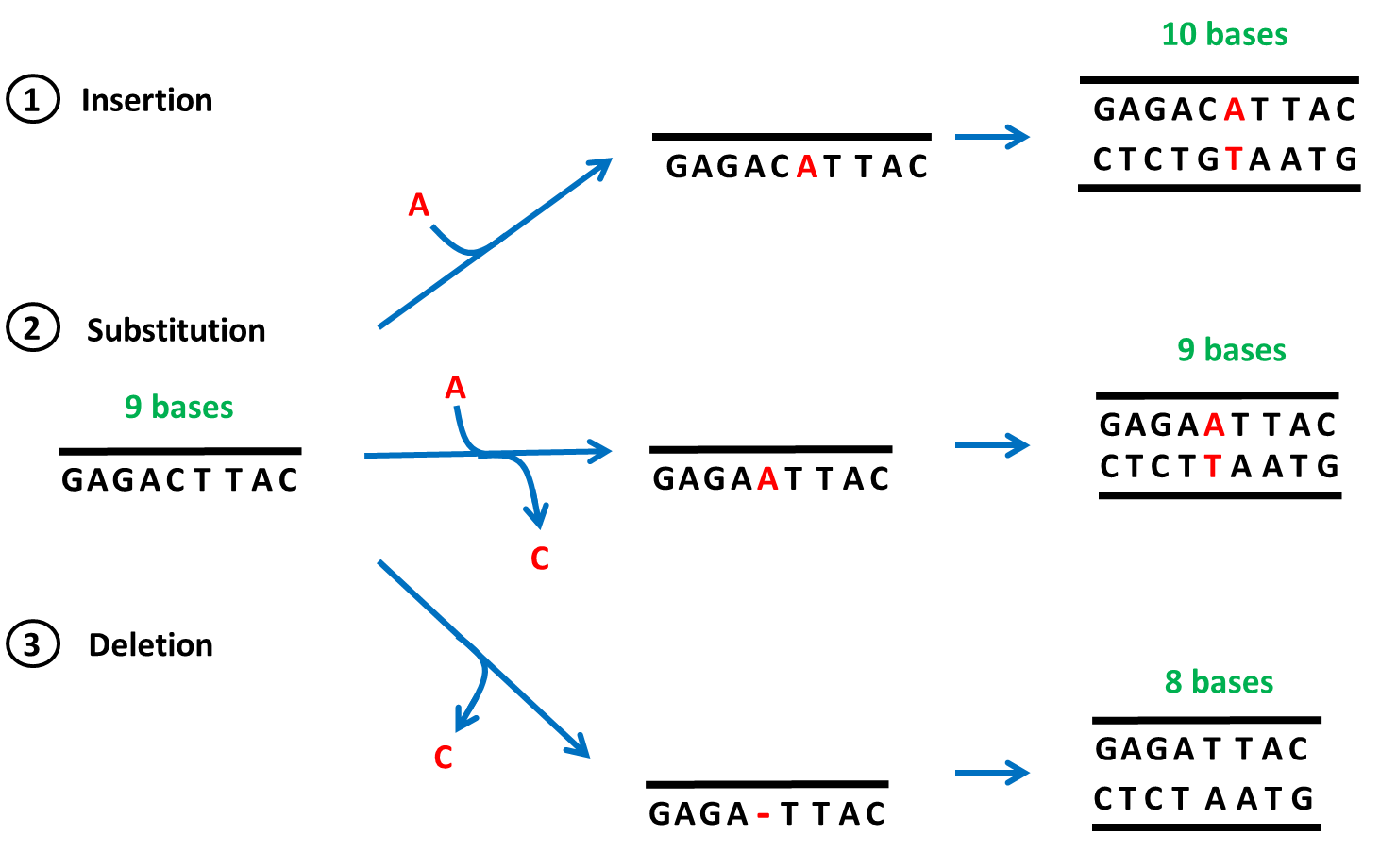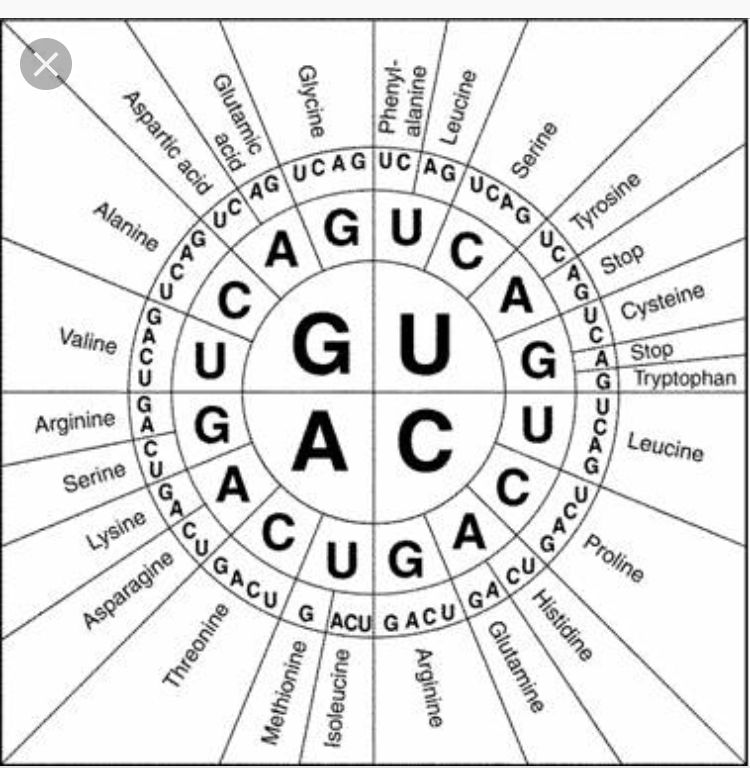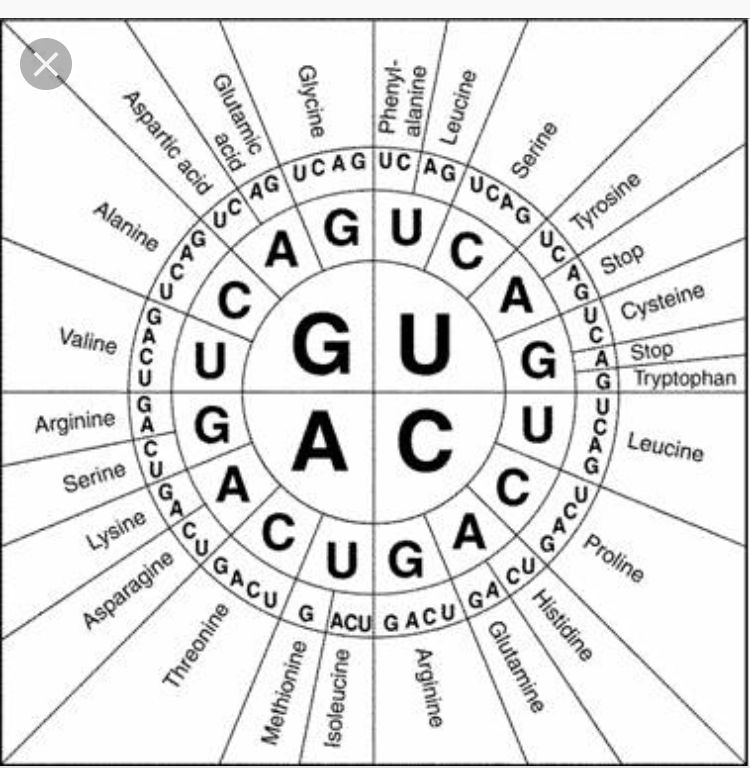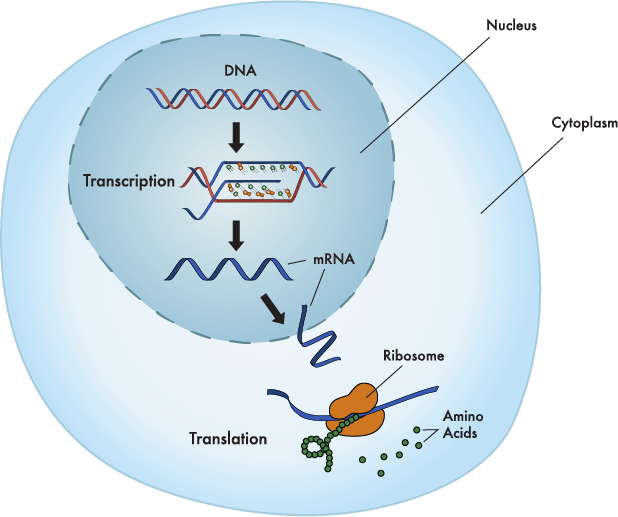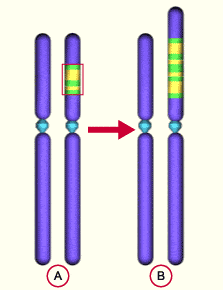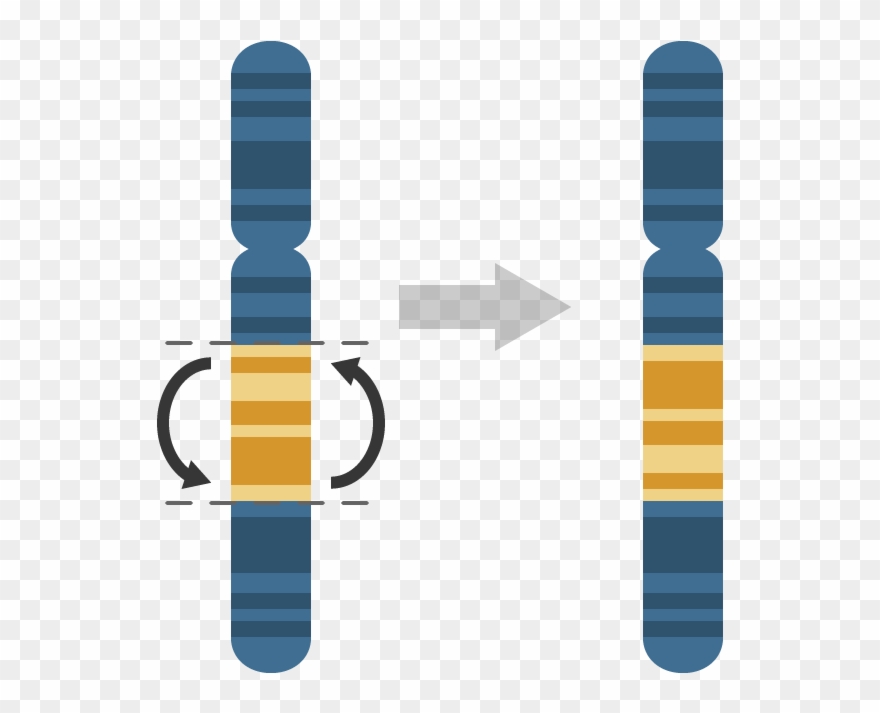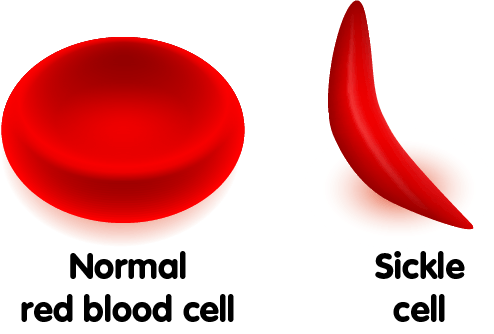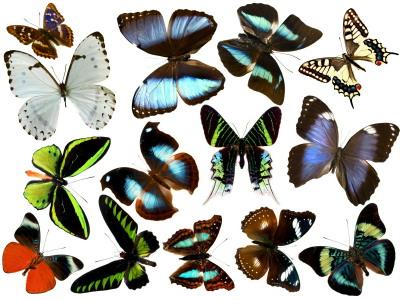
Mutations!
Assessment
•
Larissa Macias
•
Biology
•
9th - 10th Grade
•
7 plays
•
Hard
Improve your activity
Higher order questions
Match
•
Reorder
•
Categorization
.svg)
actions
Add similar questions
Add answer explanations
Translate quiz
Tag questions with standards
More options
20 questions
Show answers
1.
Multiple Choice
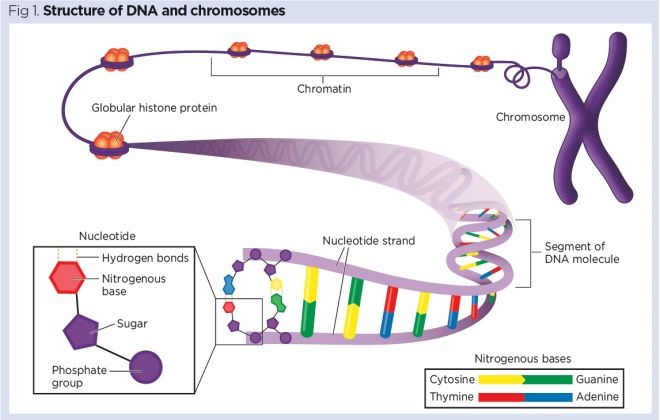
The portion or segment of the DNA strand that codes for a particular protein is called a _____________________.
gene
chromosome
codon
anticodon
2.
Multiple Choice
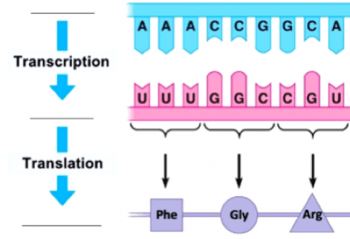
3 bases in a row on the mRNA strand, that call for a particular amino acid to be added to the polypeptide chain:
chromosome
gene
codon
anticodon
3.
Multiple Choice

Which statement best defines a mutation?
a physical trait that negatively impacts the organism
an adaptive trait that allows the individual to be better fit for survival
a change in the order, number, or type of bases in the genetic code
an identical copy of the original DNA strand
4.
Multiple Choice
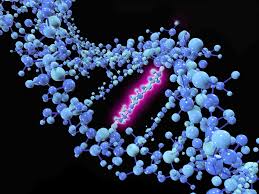
Mutations are always bad/harmful.
True
False
5.
Multiple Choice
Possible negative consequences of mutations could be genetic ____________________ and cancer.
diversity
disorders
dominance
duplication
6.
Multiple Choice
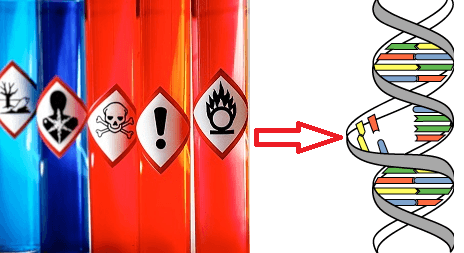
Chemical or physical agents in the environment that may cause mutations are called:
mutants
mutagens
chromosomal mutations
missense mutations

Explore this activity with a free account
Find a similar activity
Create activity tailored to your needs using
.svg)

Introduction to Ecology & Levels of the Environment
•
6th - 8th Grade

Mutations
•
8th - 10th Grade

Chromosomal Mutations
•
9th - 12th Grade

Chromosomal Mutations
•
8th - 12th Grade

Mutations
•
9th Grade

Mutations
•
9th - 12th Grade

Mutations
•
9th - 12th Grade

Mutations
•
9th - 12th Grade

